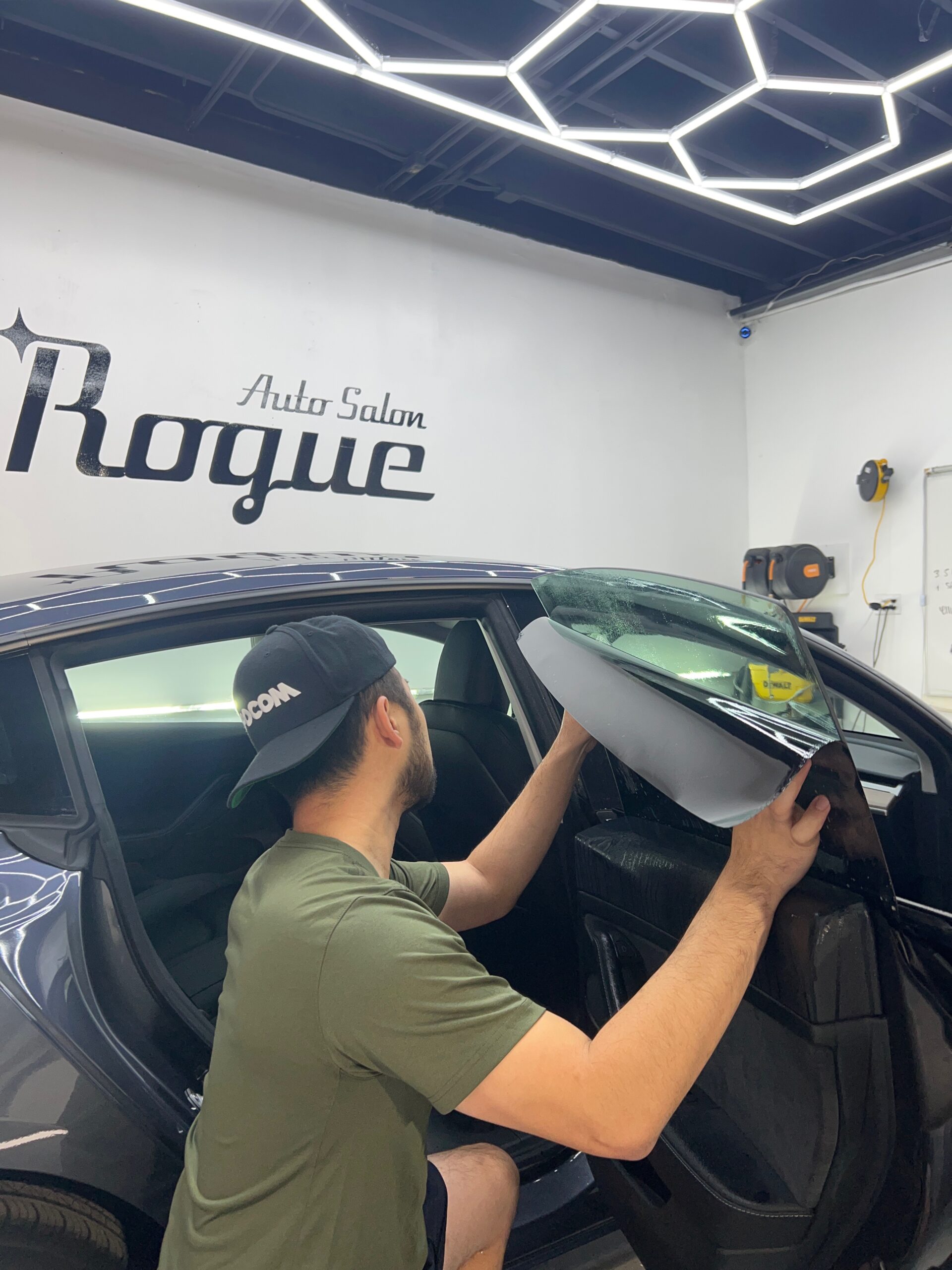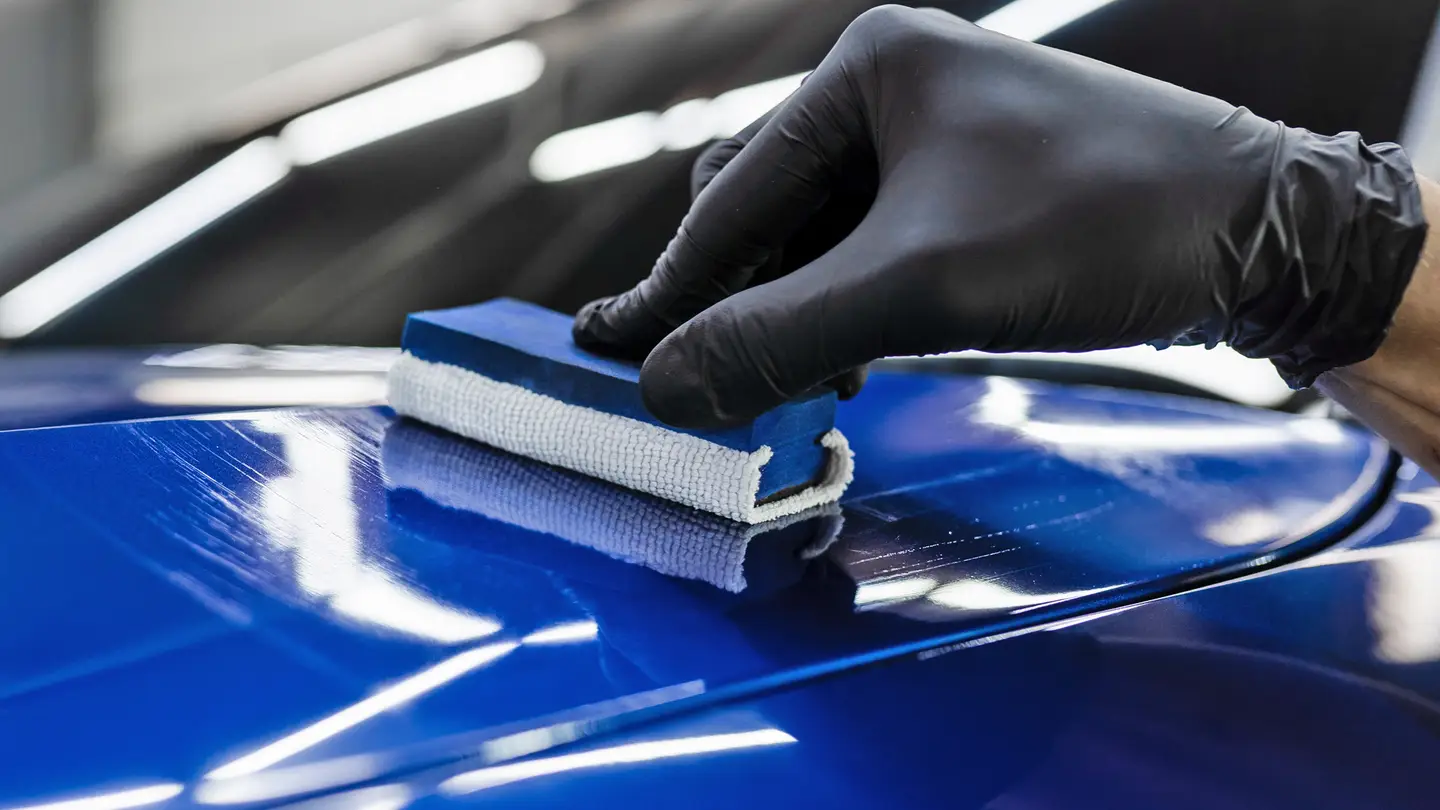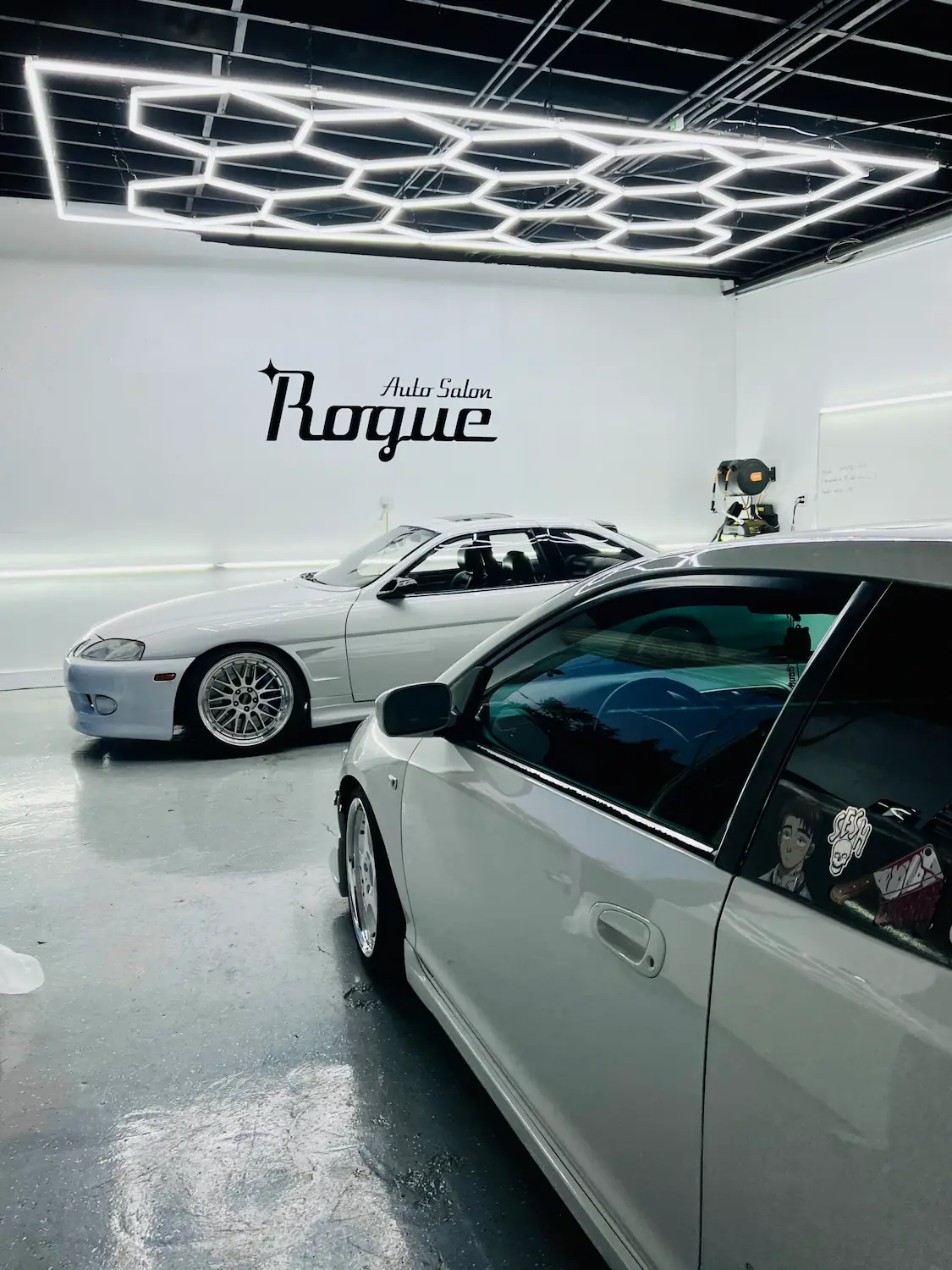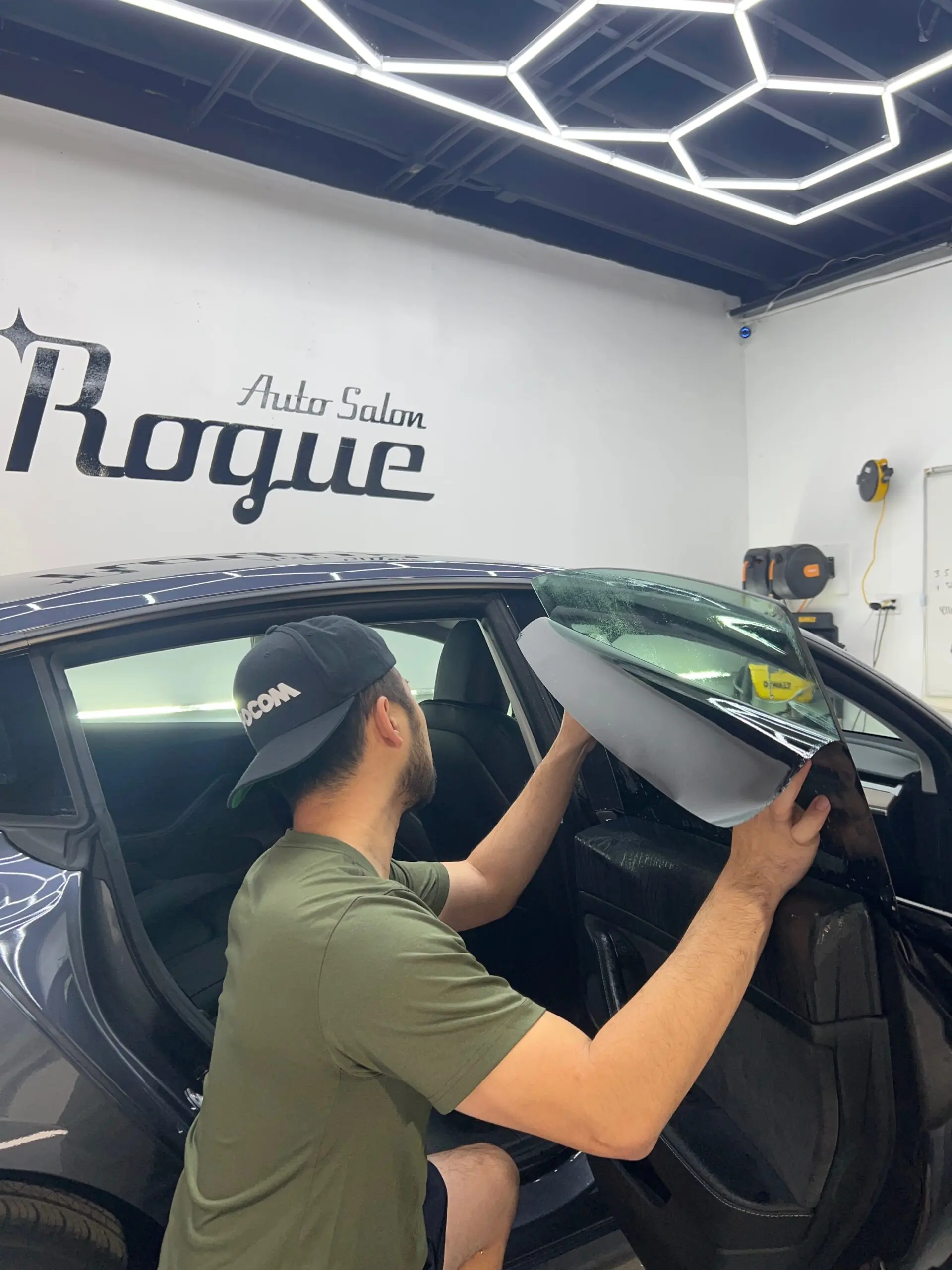Autocare
How Long Does Ceramic Coating Take to Cure?
Curing Time Uncovered: What to Expect After Applying Ceramic Coating to Your Car
Ceramic coatings have revolutionized car care by offering unmatched protection, stunning shine, and long-lasting results. But even with all the hype surrounding ceramic coatings, there’s one critical question every car owner should ask: How long does ceramic coating take to cure?
Understanding the curing timeline and following best practices during this phase can mean the difference between a flawless, durable finish and a compromised result. In this detailed guide, we’ll break down what curing means, how long it takes, and what to do (or not do) during this critical period.
What is Ceramic Coating Curing?

Before diving into timeframes, it’s important to understand what “curing” actually means in the context of ceramic coatings.
When you apply a ceramic coating to your vehicle, it starts out as a liquid. Over time, it undergoes a chemical process that hardens it into a solid, protective layer. This process is known as curing. Unlike paint drying, curing involves both evaporation and chemical bonding with the surface beneath.
The curing process can be divided into two main phases:
- Solvent Evaporation (Initial Dry Time): This phase starts immediately after application. The volatile solvents in the coating begin to evaporate, allowing the coating to solidify slightly. While the surface may feel dry to the touch, it’s still delicate and vulnerable to damage.
- Chemical Cross-Linking (Full Cure): Once the solvents have evaporated, the real magic happens. The coating begins to chemically bond—or “cross-link”—with your car’s paint. This creates a durable, hydrophobic, and chemically resistant shield over your vehicle.
If tampered with, it can potentially ruin your ceramic coating making you have to do it again. Theres others ways to notice if your ceramic coating is performing well or not, too.
How Long Does Ceramic Coating Take to Cure?
The curing time for ceramic coatings can vary based on a few key factors, but here are general guidelines:
Initial Cure Time: 24–48 Hours
- During this period, the coating is most vulnerable.
- Avoid touching, washing, or exposing the car to rain, bird droppings, or tree sap.
- It’s best to keep the vehicle indoors or in a controlled environment like a garage.
Full Cure Time: 2–3 Weeks (or Longer)
- This is the time needed for the coating to reach maximum hardness and durability.
- Depending on the coating brand, weather conditions, and how thick the product was applied, full curing can take up to 30 days.
- The longer and more carefully you wait, the better the results.
Why Patience During the Curing Process Matters
Rushing the curing process is one of the most common mistakes vehicle owners make after a ceramic coating application.
Here’s what can go wrong if you’re not careful:
- Water spots: Exposure to water before full curing can leave permanent marks.
- Streaking or hazing: Washing too early may damage the not-fully-bonded surface.
- Reduced protection: Chemical resistance and hardness will not be fully realized if the coating hasn’t completely bonded.
Heres a pro tip: Even though your car might look ready in 24 hours, it’s not! Waiting a few extra days can give you years of added protection. For more on how to be sure your ceramic coating is ready, contact RogueAutoSalon.
Factors That Influence Cure Time
The answer to “how long does ceramic coating take to cure?” depends on several variables:
1. Ambient Temperature

- Warmer conditions speed up the curing process.
- Cooler temperatures (below 60°F/15°C) slow it down significantly.
2. Humidity
- High humidity can extend curing time.
- Dry air typically helps coatings cure faster.
3. Type of Coating
- Some professional-grade coatings may cure faster (with infrared lamps or controlled environments).
- DIY coatings usually take longer and require more attention to post-application care.
4. Application Thickness and Method
- A thicker coating may take longer to fully bond.
- Multiple layers require extended curing times between coats and after the final layer.
Post-Application Care: What You Should (and Shouldn't) Do
Do’s:
- Keep the car indoors or under a high-quality car cover.
- Avoid touching or wiping the surface during the first 48 hours.
- Park away from trees, sprinklers, and high-traffic areas.
- Follow the manufacturer’s instructions to the letter.
Don’ts:
- Don’t wash the car for at least 7 days—and only use pH-neutral products after that.
- Don’t expose the car to rain, dew, or harsh sun immediately after application.
- Don’t apply wax or sealants during the curing phase, as they can interfere with bonding.
What Happens If Ceramic Coating Gets Wet Before It’s Fully Cured?
Accidents happen. If your freshly coated car gets wet within the first 24 to 48 hours:
- Dry it immediately using a soft microfiber towel.
- Do not rub aggressively—gently blot instead.
- If water spots form, consult a professional detailer to assess the damage.
Water can disrupt the chemical bonding process, causing uneven coverage, reduced performance, or visible blemishes. If left untreated, these can permanently affect the coating’s longevity.
How Long Does Ceramic Tint Take to Cure?
the same time.
Ceramic window tint also requires curing time, though the process differs slightly:
- Initial cure time: 24–48 hours (windows may appear hazy or bubbly).
- Full cure time: 7–10 days, depending on temperature and humidity.
During this period:
- Avoid rolling down the windows.
- Do not clean the inside of the windows.
- Keep the vehicle in a dry, warm environment if possible.
So, if you’re getting both ceramic coating and ceramic tint done at once, you’ll need to care for your car carefully for at least one week, ideally longer.
Professional vs. DIY Ceramic Coating: Does Cure Time Differ?
Yes, professional and DIY coatings can differ in both application and curing requirements.
Professional Ceramic Coating:
- Usually includes infrared heat lamps to accelerate curing.
- Products are often higher in solids, providing more durable finishes.
- Full cure may still take up to 2 weeks, but initial drying can be controlled better.
DIY Ceramic Coating:
- Typically slower to cure and more sensitive to user error.
- No professional curing tools available.
- Requires stricter adherence to environmental controls (temperature, moisture, etc.).
Regardless of whether you’re applying it yourself or hiring a professional, the key is to follow the cure timeline provided by the product manufacturer.

Final Thoughts: Be Patient, Get Rewarded
So, how long does ceramic coating take to cure? Short answer: between 2 and 3 weeks for full curing, though you can touch or drive the car lightly after 48 hours—provided you’re cautious. Patience during this window pays off with long-term benefits, including:
- Enhanced gloss and depth
- Maximum water beading and hydrophobicity
- Long-lasting resistance to chemicals and UV rays
Whether you’re a detailing pro or a weekend warrior, understanding and respecting the ceramic coating cure time is key to protecting your investment and keeping your car looking showroom-fresh for years.

- Professional Ceramic Coating Application
- Post-Coating Care Instructions
- Maintenance Wash Packages
- Cure-Time Monitoring & Inspection



